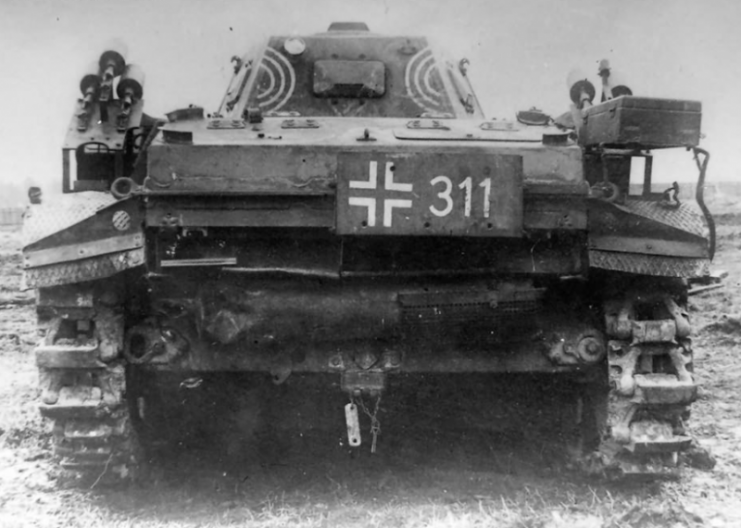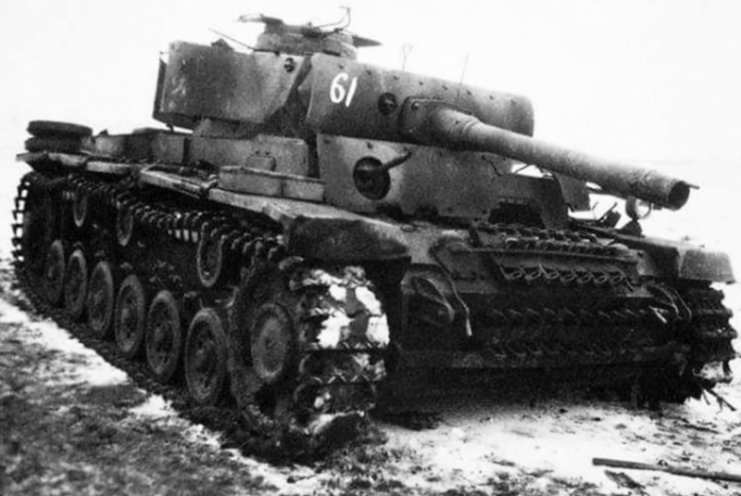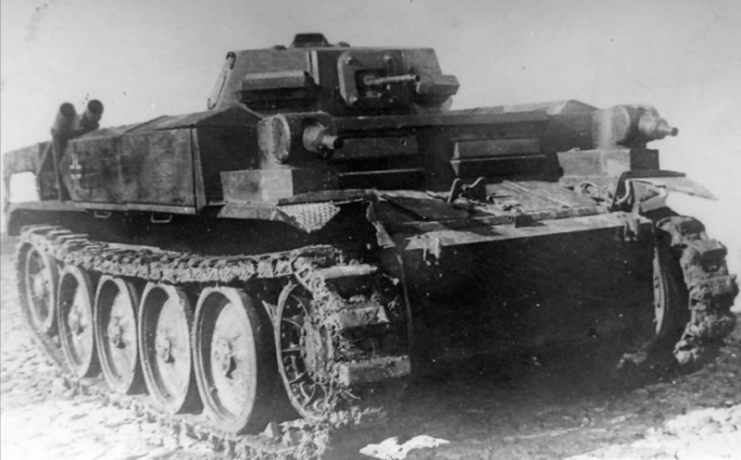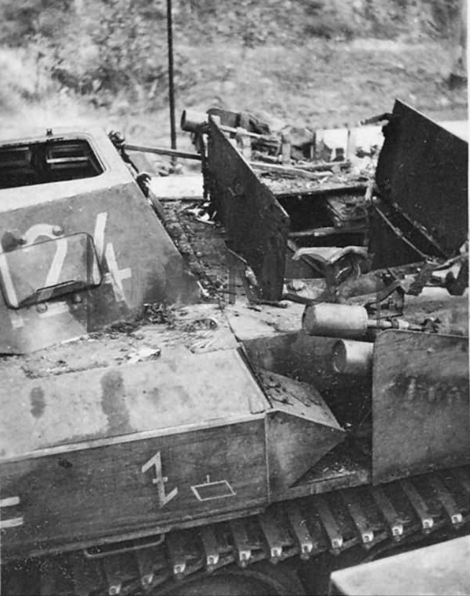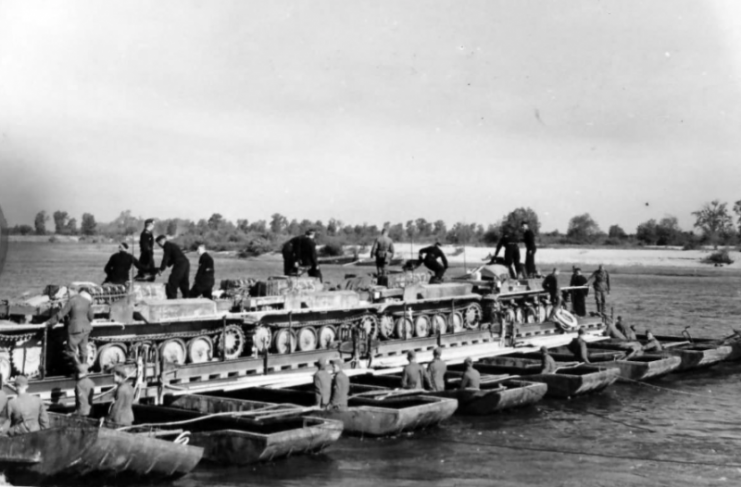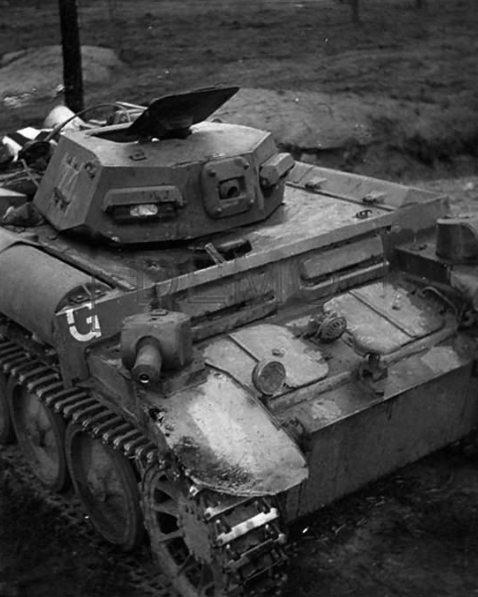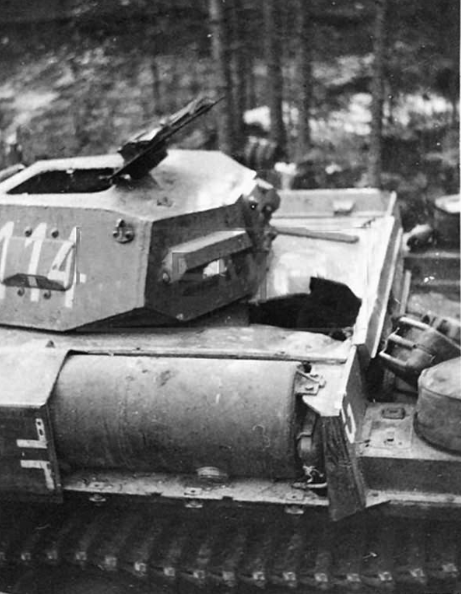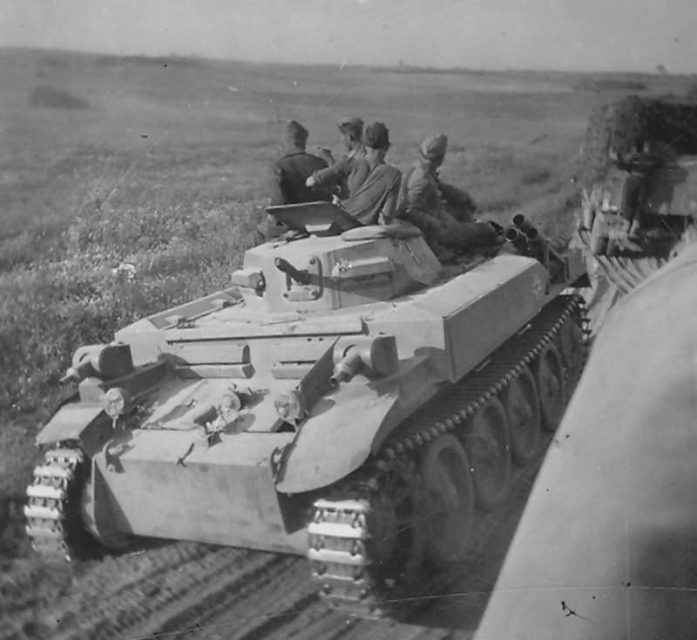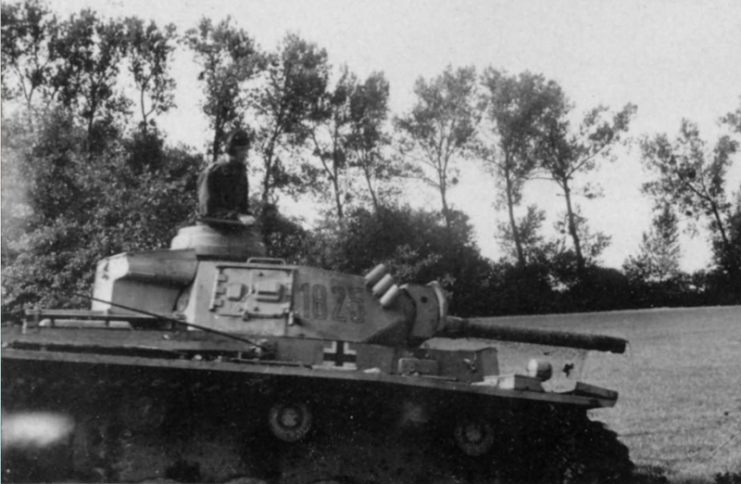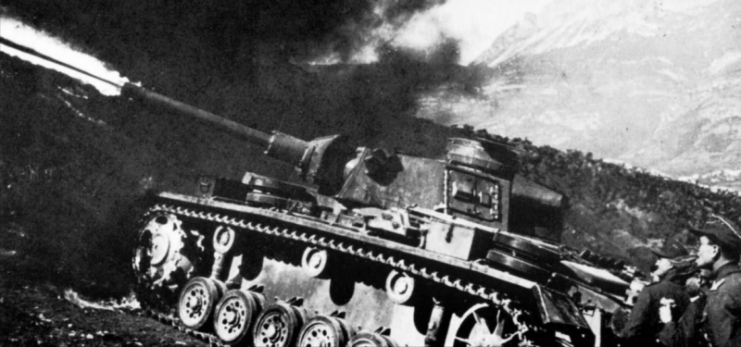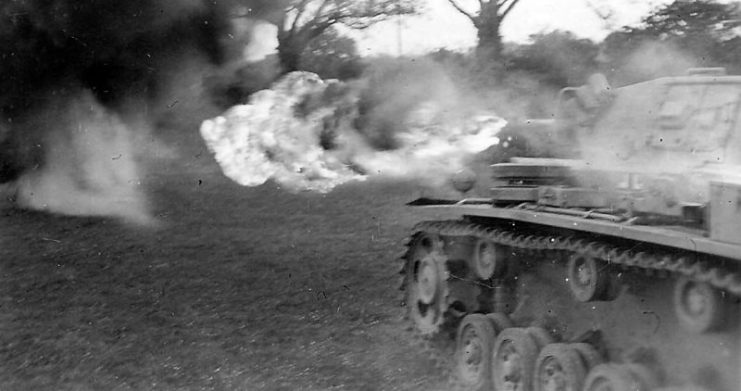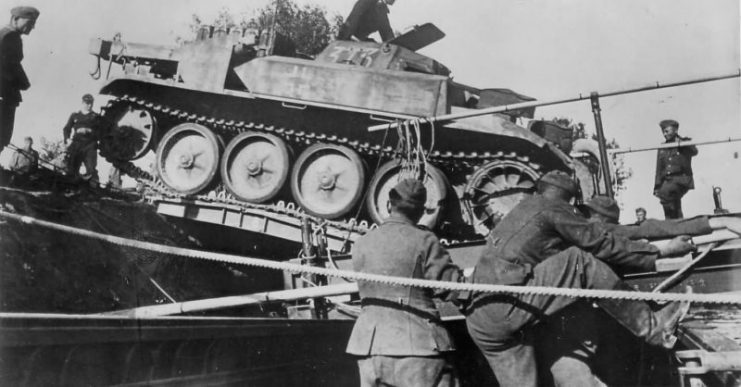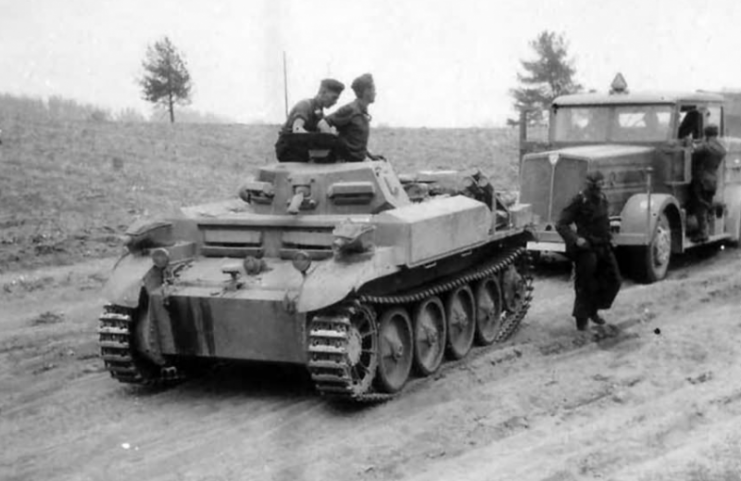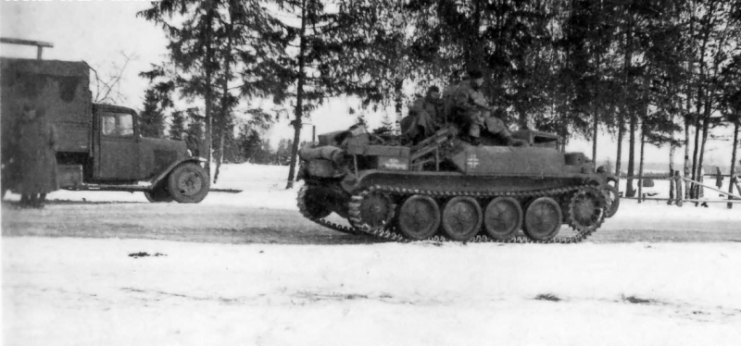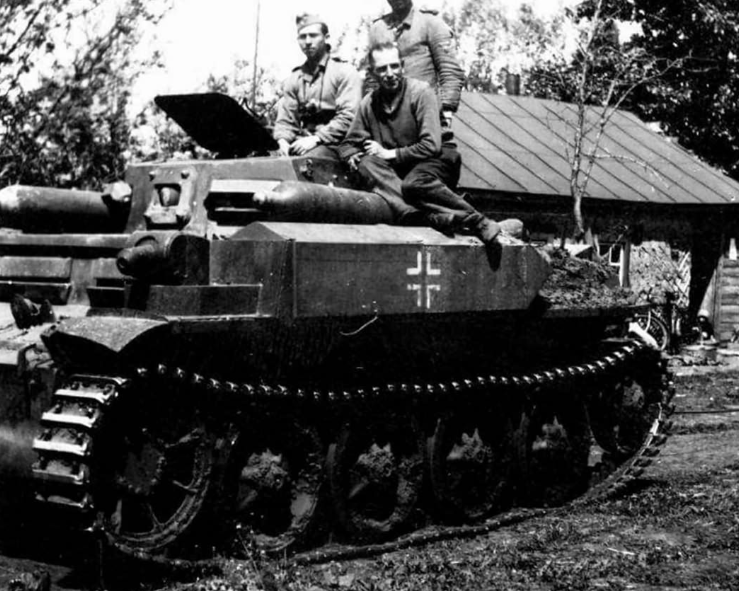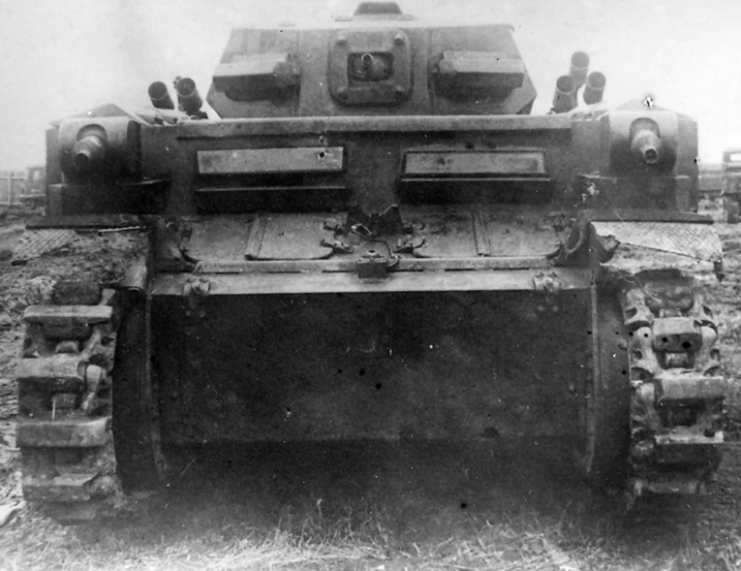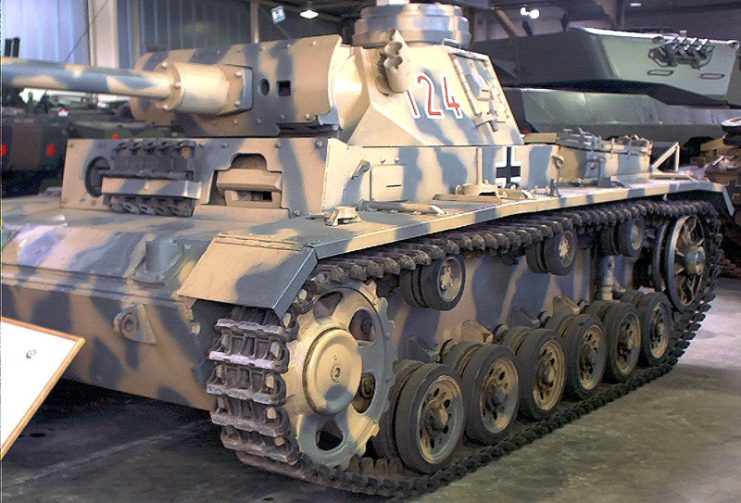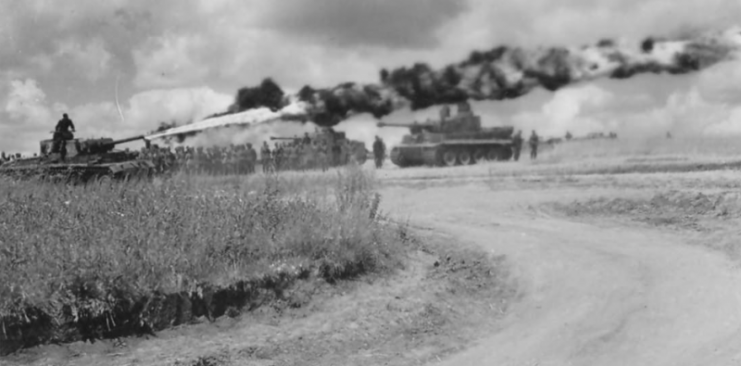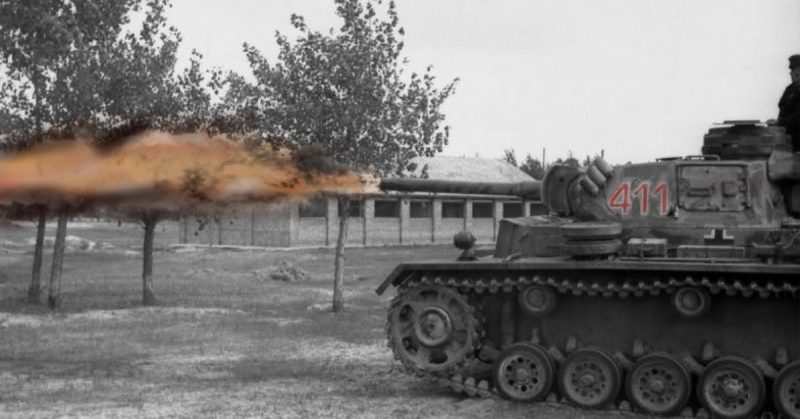The need for a mechanical flamethrower to replace the less efficient man-portable flamethrowers was obvious amongst the World’s military forces.
The flame tank was a special tank that could burst flames at a comparatively long range. With its armor, it could get close to enemy formations with relative safety and serve the invaluable role of dismantling an enemy’s infantry fortification.
In light of this, several countries such as the Soviet Union, the United States of America, the United Kingdom, Italy, Japan, and Germany began production of their own versions of the flamethrower-equipped tanks.
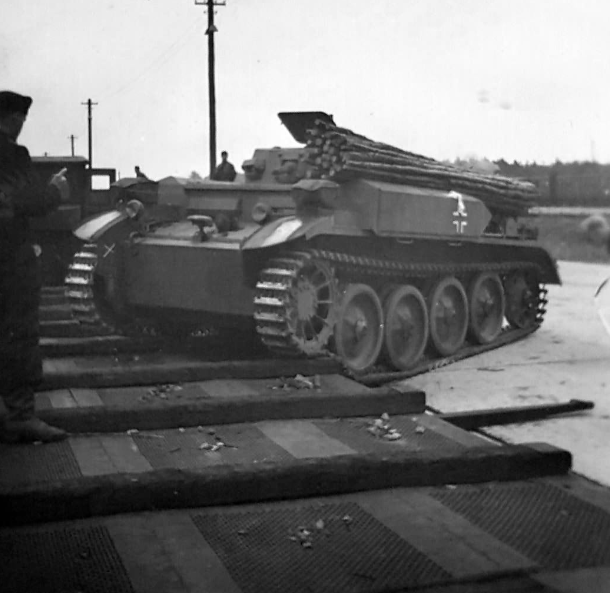
The development of the German Flammpanzer II began in February 1939 following an order by German Army Headquarters.
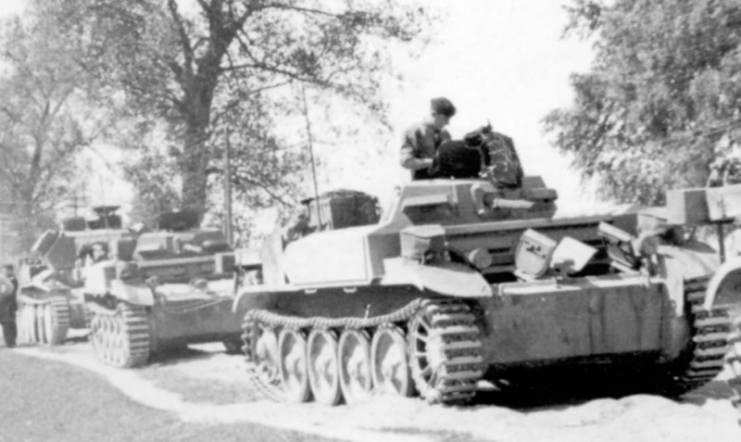
The German Army HQ assigned the task of producing flame tanks to the producers of the Panzer II tank: Maschinenfabrik Augsburg-Nuremberg (MAN) and Daimler-Benz.
By July 1939, they presented a soft-steel prototype based on the Panzer II Ausf D/E’s chassis. It was called the Flammpanzer II.
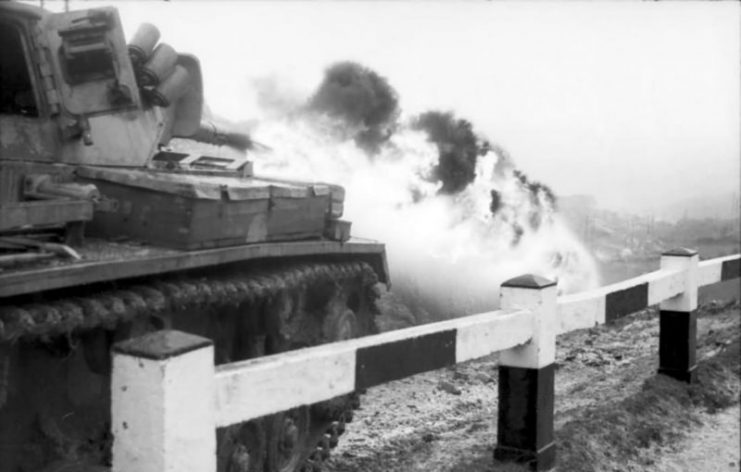
The Flammpanzer II, also known as the Flamingo, required a three-man crew and was armed with an MG34 machine gun mounted on a new turret that could rotate 360 degrees.
Two flamethrowers operating at 180 degrees were positioned at each side of the vehicle’s front corner.
Each flamethrower had its own 160-liter armored fuel supply tank. This enabled them to spit 80 “shots” at a range up to 25 meters with the help of compressed nitrogen stored in four pressurized tanks, and an acetylene igniter.
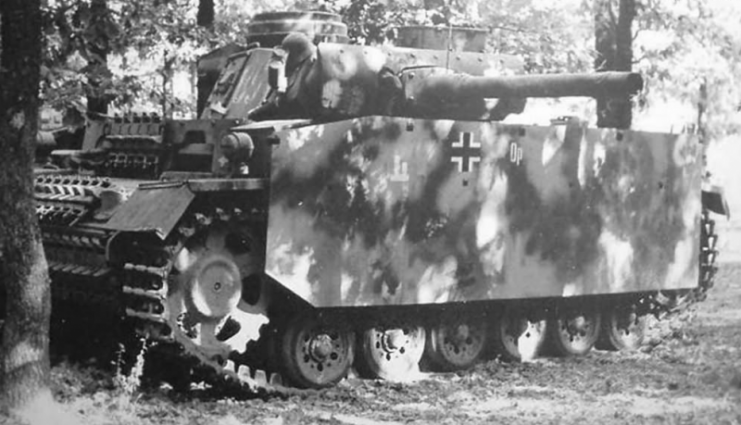
The total weight of each tank was 12 tons. They had armor ranging from 14.5 mm to 30 mm in thickness and a propulsion system that used a 6-cylinder Maybach HL62 TRM engine which produced 140 hp.
143 Flammpanzer IIs were built from January to March 1940, with about 43 being directly converted from the Panzer II.
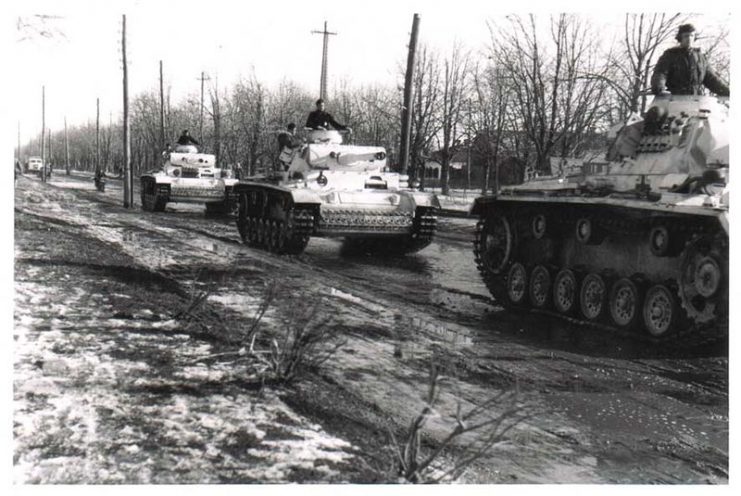
The Flamingos saw action in the USSR until late 1941, after which they were withdrawn and surviving tanks were transformed into Marder IIs. Their performance was not much of a success owing to their relatively light armor.
Between February 1943 and April 1943, the Flammpanzer III emerged. The Flammpanzer IIIs were intended for urban fighting in the city of Stalingrad but were not produced in time.
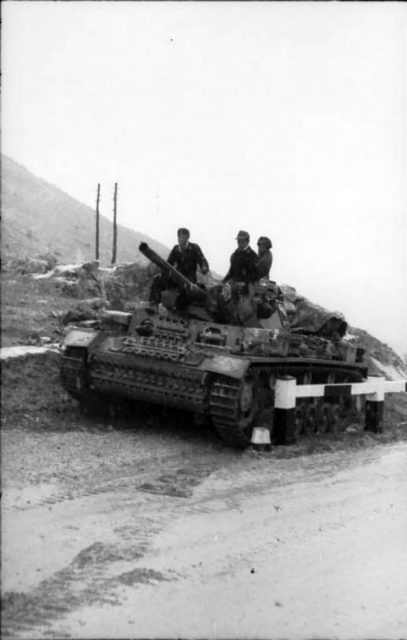
About 100 Flammpanzer IIIs were built from the chassis of existing Panzer III medium tanks by Wegmann Waggonfabrik in Kassel. A 14-mm Flamethrower system with a 150-cm-long barrel replaced the 5-cm KwK 39 gun of the parent Panzer IIIs.
The ammunition storage was replaced by two fuel tanks that held 510 liters of fuel each. The tanks could hit a range of 60 meters using ignited oil and 50 meters using cold oil.
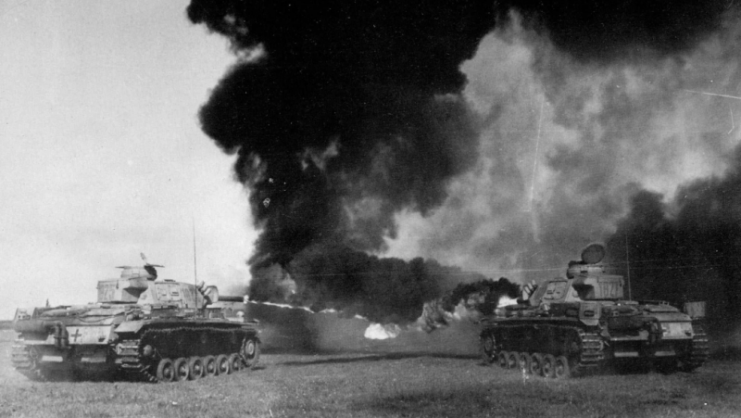
Each tank also had a coaxial weapon made from a 7.92-mm MG 34 and armor the same as that used on the Panzer III medium tank.
Flammpanzer IIIs served mostly on the Eastern Front, such as the Battles of Kursk, where they were part of the 6th and 11th Panzer Divisions.
